You Scream, I Scream, We All Scream for Ice Cream
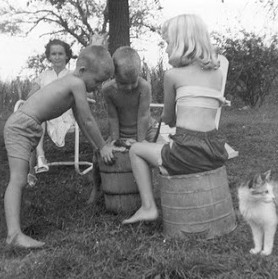
One of my all-time favorite desserts is ice cream. I mean, I could literally enjoy a bowl of ice cream every night of the week, year 'round. And when it comes to this light, creamy, frozen lusciousness, I'm really not very picky about the flavor--vanilla, chocolate, strawberry, banana nut, peach--almost any flavor will do.
Some of my fondest childhood summertime memories revolves around neighbor and family backyard gatherings where we almost always made home-churned ice cream. The women would set about mixing eggs, milk, sugar and flavoring, while the men would break out the large hand-cranked mixers, ice and salt. And we kids knew that our job would be to take turns perching on top of the mixer so it wouldn't "walk away" while my father or one of the other men turned the handle--a sort of love-hate thing, because while you loved the final results, you hated freezing your butt off to help make it happen. I could never understand why one of the women didn't sit on the mixer. After all, they were heavier than us and would have made the mixer much more stable.
When the handle could no longer be turned, the men would drain the mixer of most of its salty water and carry it into the kitchen where they would carefully remove the dasher, repack the bucket with more ice and salt, and wait another twenty or thirty minutes before letting anyone indulge in the fruits of their labor. This last step was said to have allowed the  ice cream to become really hard. The truth is, I never understood this final ritual because the ice cream never seemed to get any harder than before, not to mention it always seemed to be the longest twenty or thirty minutes in my young life. Nevertheless this was a ritual my father stubbornly declared must be endured before anyone got to taste that wonderful concoction.
ice cream to become really hard. The truth is, I never understood this final ritual because the ice cream never seemed to get any harder than before, not to mention it always seemed to be the longest twenty or thirty minutes in my young life. Nevertheless this was a ritual my father stubbornly declared must be endured before anyone got to taste that wonderful concoction.
There are a number of myths dating ice cream's origin back to the first century A.D. with tales of Roman emperor Nero, and later in the same century, China's King T'ang sending runners to the mountains to bring back snow and ice for frozen desserts flavored with honey, wines, and fruits. And while there may be truth in these stories, what these nobles made was certainly not ice cream as we know it, but more like ices or sherbets. It was also a treat reserved only for royalty.
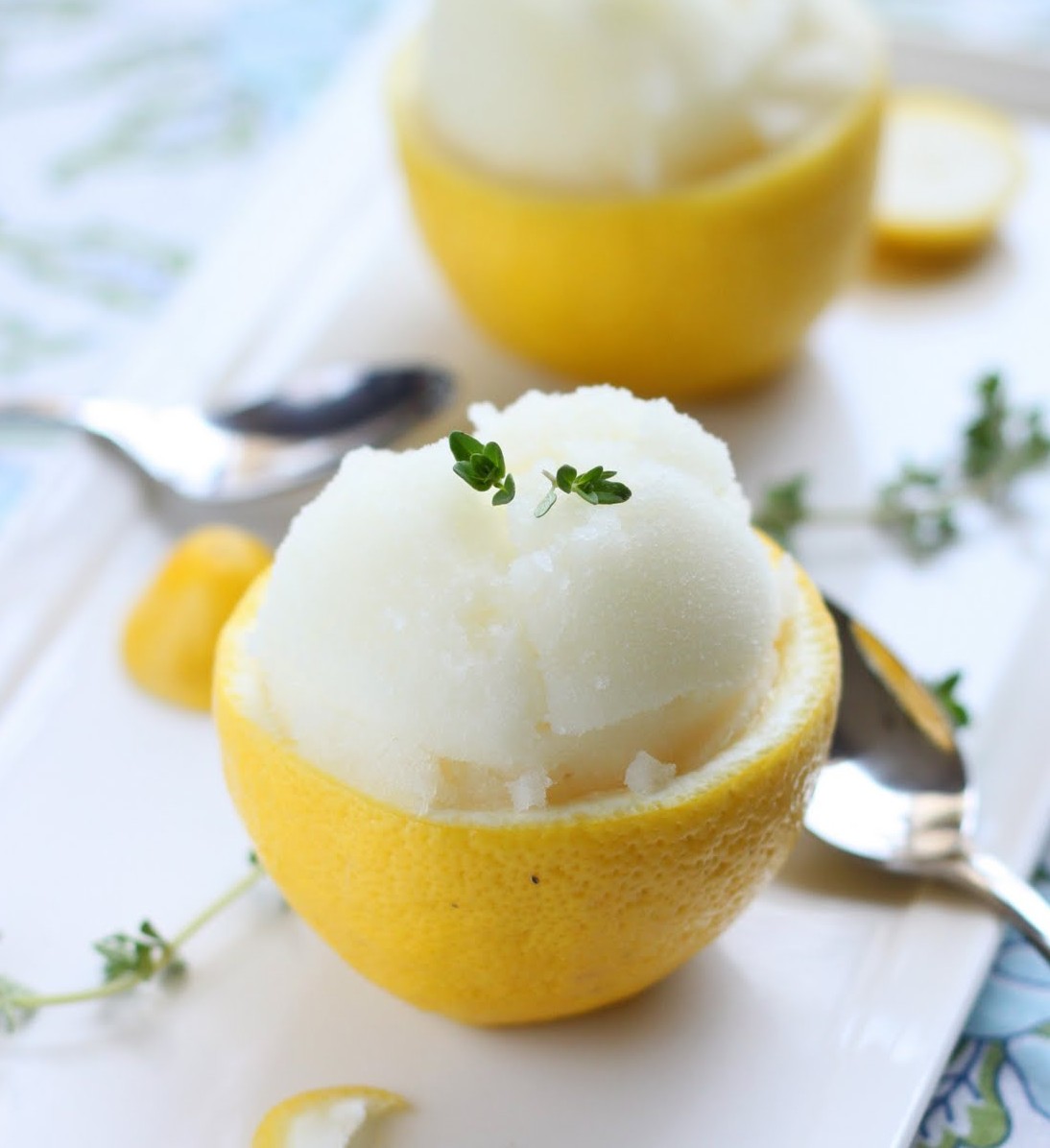 As we fast forward to seventeenth century Italy, we saw the creation of sorbetto, or sorbet as it's now known. In the mid 1600s, Antonio Latini of Naples is credited with being the first to write down the recipe for a sorbetto. He was also responsible with coming up with a milk-based sorbet (gelato) most culinary historians consider to be the first true ice cream. Then in 1686, a Sicilian by the name of Francesco Procopio dei Coltelli opened Procope, Paris' first cafe, where he introduced the French to their first taste of gelato.
As we fast forward to seventeenth century Italy, we saw the creation of sorbetto, or sorbet as it's now known. In the mid 1600s, Antonio Latini of Naples is credited with being the first to write down the recipe for a sorbetto. He was also responsible with coming up with a milk-based sorbet (gelato) most culinary historians consider to be the first true ice cream. Then in 1686, a Sicilian by the name of Francesco Procopio dei Coltelli opened Procope, Paris' first cafe, where he introduced the French to their first taste of gelato.
It was also about this time that the French began to experiment with a frozen dessert of their own called fromage, which despite its name did not contain cheese. One fromage recipe, taken from the book La Maison Reglee by French confectioner Nicolas Audiger, included cream, sugar and orange flower water in its ingredients. Audiger also suggested stirring fromage during the freezing process to create a lighter, fluffier texture.
It's hard to say exactly how and when ice cream came to this country, but it most likely arrived with European settlers in the early 1700s. And almost from the start, ice cream became one of America's most popular desserts. In fact, the first ice cream parlor opened in New York in the summer of 1790.
Even governors, politicians, and presidents were among those Americans who craved ice cream--Maryland Governor Tom Bladen served ice cream and berries to the State's VIP guests, George Washington had a collection of tin and pewter ice cream pots, and Thomas Jefferson built ice houses designed to hold sixty-two wagonloads of ice, much of it for the purpose of making this frozen treat. And Abraham Lincoln's wife Mary often hosted parties, both before and after he became president, in which cake and ice cream were served.
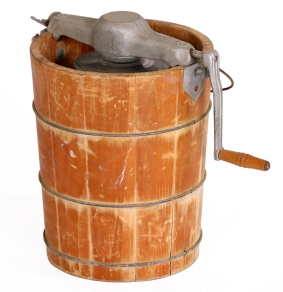 Until 1843, ice cream was commonly made using the "pot-freezer method" in which the cream mixture was placed in a large bowl placed in a tub filled with ice and salt. However in September of that year a Philadelphia housewife by the name of Nancy Johnson designed and patented the hand cranked ice cream freezer, a design still very much in use today. Five years later William C. Young patented his "improvement in Ice-Cream Freezers." These hand cranked churns were not only faster than the pot method but made the ice cream smoother.
Until 1843, ice cream was commonly made using the "pot-freezer method" in which the cream mixture was placed in a large bowl placed in a tub filled with ice and salt. However in September of that year a Philadelphia housewife by the name of Nancy Johnson designed and patented the hand cranked ice cream freezer, a design still very much in use today. Five years later William C. Young patented his "improvement in Ice-Cream Freezers." These hand cranked churns were not only faster than the pot method but made the ice cream smoother.
Up until the mid-1800s commercial ice cream was produced in small batches and sold only by small restaurants, confectioners and caterers. Then in 1851, milk and dairy broker Jacob Fussell built the first large ice cream factory as a way of utilizing his surplus cream before it spoiled. His venture was so successful that within two years he moved from his small factory in Pennsylvania to a larger facility in Baltimore and soon afterward began opening factories in a number of other cities. As word of  Fussell's success traveled, others built and operated their own ice cream plants throughout the country, a move that not only reduced the cost of ice cream but added greatly to its popularity as well.
Fussell's success traveled, others built and operated their own ice cream plants throughout the country, a move that not only reduced the cost of ice cream but added greatly to its popularity as well.
 With advances in refrigeration and technology, the 20th century saw many improvements not only in ice cream quality and consistency, but in its distribution, storage and marketing as well--the creation of the ice cream soda and sundae, an explosion of flavors, the creation of retail chains such as Howard Johnson's and Baskin-Robbins. One of the most dramatic innovations from this time period was the invention of the soft ice cream machine, resulting in ice cream parlor giants like Dairy Queen, Carvel and Tastee-Freez.
With advances in refrigeration and technology, the 20th century saw many improvements not only in ice cream quality and consistency, but in its distribution, storage and marketing as well--the creation of the ice cream soda and sundae, an explosion of flavors, the creation of retail chains such as Howard Johnson's and Baskin-Robbins. One of the most dramatic innovations from this time period was the invention of the soft ice cream machine, resulting in ice cream parlor giants like Dairy Queen, Carvel and Tastee-Freez.
While serving ice cream in edible vessels was mentioned in French books one hundred years earlier, it was only in the early 1900s that they really became popular in America.
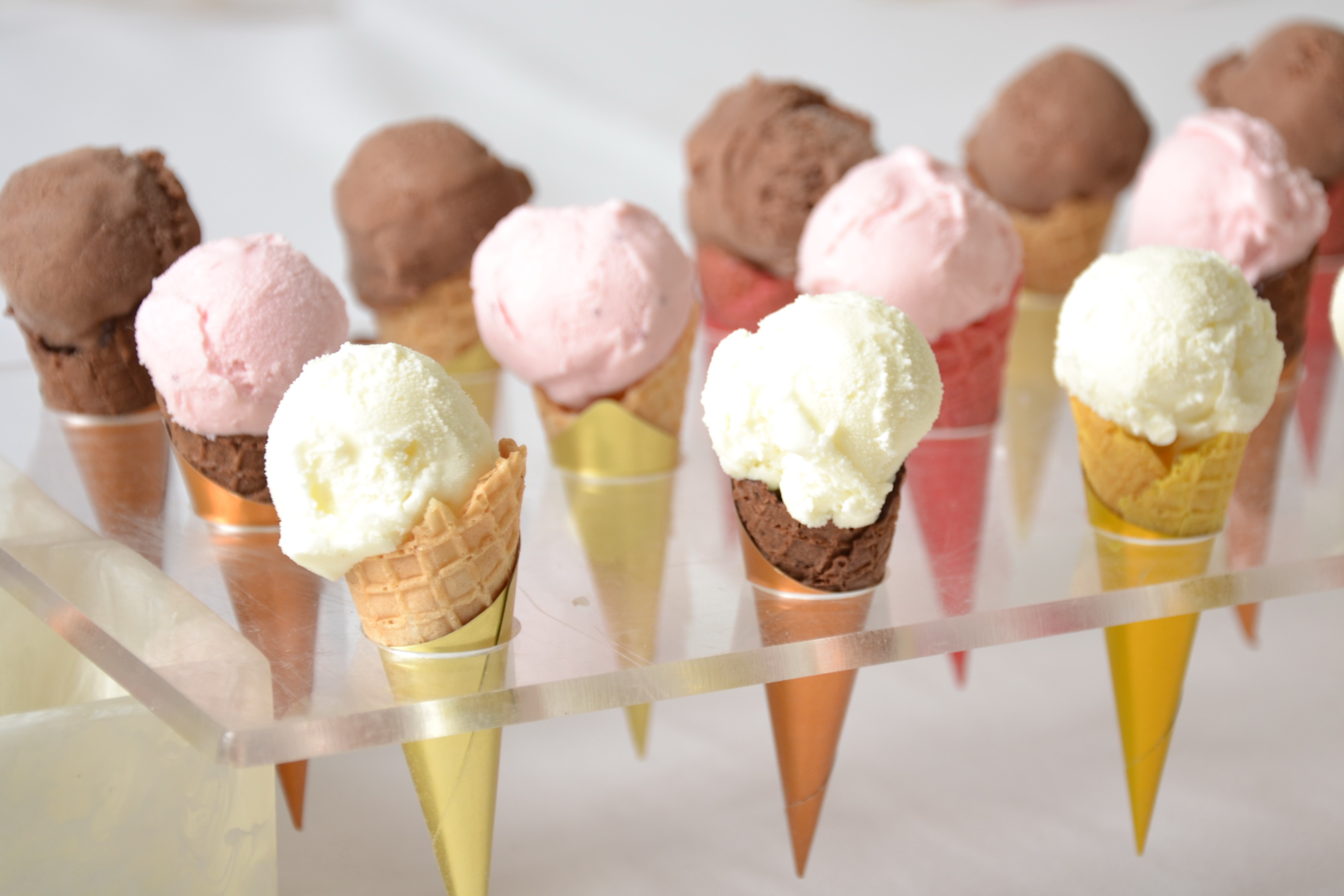 On December 13, 1904 a patent was issued to Italo Marchioni of New York for a mold used to form pastry ice cream cups. Three years later Abe Doumar, in an effort to keep up with the demand for his ice cream cones sold at the St. Louis Exposition, designed and had built a four-iron cone baking machine. Later he bought a 36-iron semiautomatic machine which produced 20 ice cream cones per minute. Then in 1912 Frederick Bruckman, an inventor from Portland, Oregan, patented a machine for rolling ice cream cones. Bruckman sold his invention and business to Nabisco in 1928 and as of 2012 the original machine was still being used to make cones.
On December 13, 1904 a patent was issued to Italo Marchioni of New York for a mold used to form pastry ice cream cups. Three years later Abe Doumar, in an effort to keep up with the demand for his ice cream cones sold at the St. Louis Exposition, designed and had built a four-iron cone baking machine. Later he bought a 36-iron semiautomatic machine which produced 20 ice cream cones per minute. Then in 1912 Frederick Bruckman, an inventor from Portland, Oregan, patented a machine for rolling ice cream cones. Bruckman sold his invention and business to Nabisco in 1928 and as of 2012 the original machine was still being used to make cones.
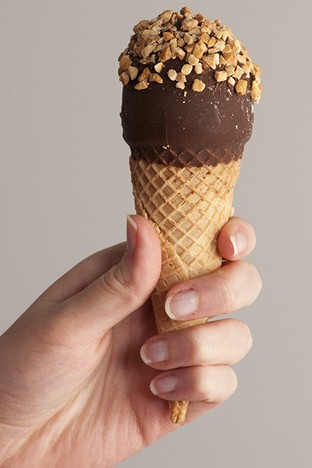 Other 20th century ice cream advancements include the first filled and frozen ice cream cone sold in grocery stores. Known as the "ice cream drumstick," this frozen novelty was created in 1928 by J. T. "Stubby" Parker in Fort Worth, Texas. Parker sold his company in 1991 to Nestle. And in 1959 an Italian ice cream manufacturer invented the process of applying a layer of sugar and chocolate to the inside of the waffle cone to insulate it from the ice cream. This cone (the Cornetto) has become the most popular in the world.
Other 20th century ice cream advancements include the first filled and frozen ice cream cone sold in grocery stores. Known as the "ice cream drumstick," this frozen novelty was created in 1928 by J. T. "Stubby" Parker in Fort Worth, Texas. Parker sold his company in 1991 to Nestle. And in 1959 an Italian ice cream manufacturer invented the process of applying a layer of sugar and chocolate to the inside of the waffle cone to insulate it from the ice cream. This cone (the Cornetto) has become the most popular in the world.
 Today more than 1.6 billion gallons of ice cream and frozen dairy products are sold in America each year. That's an average of four gallons of ice cream per person annually. And nobody has to freeze their butts off to enjoy it!
Today more than 1.6 billion gallons of ice cream and frozen dairy products are sold in America each year. That's an average of four gallons of ice cream per person annually. And nobody has to freeze their butts off to enjoy it!
Buy em: Häagen-Dazs, Ben & Jerry's, Blue Bell, Breyers, Edy's
Try em: Eddies Sweet Shop, Forest Hills, NY; Bi-Rite Creamery, San Francisco; Molly Moon's Homemade Ice Cream, Seattle; Sabastian Joe's, Minneapolis; Taos Cow, Arroyo Seco, NM; Beth Marie's Old Fashioned Ice Cream, Denton, TX
Make em: Sugar's Vanilla Ice Cream, Ricotta Ice Cream



